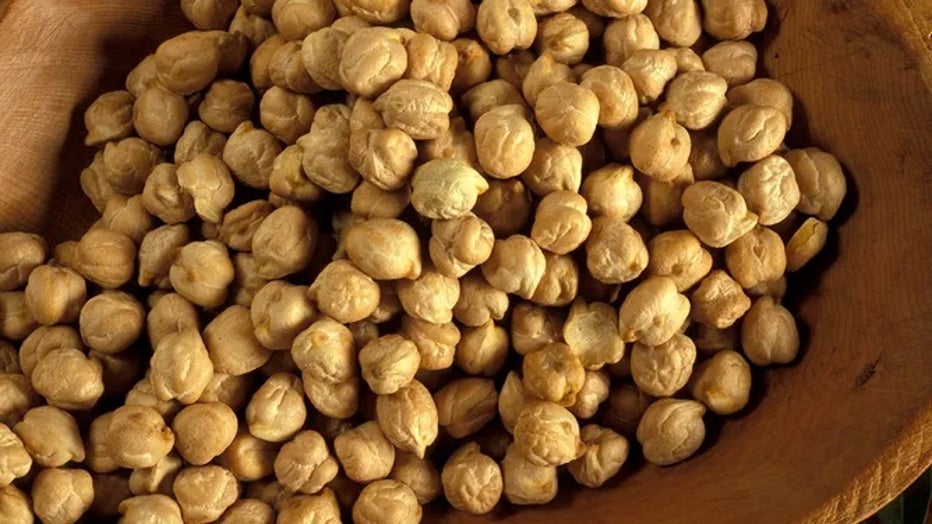Global chickpea shortage expected as dry spell impacts crop production for world’s largest supplier

Should hummus lovers be worried?
Extreme drought could push chickpea prices higher thanks to extreme droughts in the inland Northwest.
The threat of lower chickpea supplies looms again this year, according to a leader in the global pulse industry.
Low yields for India’s 2023 kabuli chickpea crop have made for below-average production, the Global Pulse Confederation reported. Combined with low production in Mexico, global supplies are under increased pressure, meaning a shortage is expected over the next six months.
This comes as the global chickpeas market grew 7% from last year to $14.9 billion, according to the Chickpeas Global Market Report.
A hot and dry spell caused India’s low yields in December, the Global Pulse Confederation said in its latest release. The drought wiped out the potential for a bumper crop which farmers were hoping to offset last year's decline.
In India, the winter chickpea crop is typically planted in October and November and harvested in March and April. Rainfall this past growing season registered as the fourth driest of the past 20 years, Everstream Analytics’ Chief Science Officer Mark Russo said.
"Further, February-March temperatures during the critical crop cycle prior to harvesting were the hottest of the past 20 years," Russo added. "The combination of longer-term dryness and heat certainly hit the crop."
Demand shifts to other countries to make up for lost chickpea supplies
According to figures from the Food and Agriculture Organization, India is the world’s largest producer of chickpeas, followed by Turkey, the U.S., Mexico, Argentina and Canada. The U.S. has traditionally been a country that exports more chickpeas than it imports and will continue to be even in the current market.
Navneet Chhabra, director of Global Garbanzo, said the loss in India's kabuli chickpea production means the global supply chain of the legume is out 100,000 metric tons of product.
CHICKPEA DIP: EXTREME WEATHER CONDITIONS AFFECTING POPULAR SUPERFOOD CROP

The threat of lower chickpea supplies looms again this year, according to a leader in the global pulse industry. (Nico Tondini/REDA&CO/Universal Images Group / Getty Images)
According to Chhabra, global prices for the kabuli chickpea in India could increase from the already above-average levels. With India at a deficit, Chhabra added that the country will need to increase its import volumes, focusing the demand on other countries to make up for lost supplies.
"Even if all these origins increase the planted area by 30%, I still foresee a shortage for the next six months, especially of the large caliber sizes," Chhabra said.
It is unclear how the war in Ukraine and the ongoing transport issues out of the Black Sea will continue to affect global chickpea supplies, the Global Pulse Confederation stated.
Popularity grows for chickpeas
Not only are they a great source of plant-based protein, but they are also widely consumed in many cultures. From Middle Eastern cuisine in falafel to chana dal in India and hummus in the U.S., the legume's nutritional benefits have helped drive the popularity of chickpeas.
Last year, FOX Weather first reported on the 2021 worldwide harvest of chickpeas being down about 20%, according to Tony Roelofs, vice president of the pulse division at Columbia Grain. The U.S. was down even more dramatically, totaling about 30%. The weather was a main driving factor in the very poor yields.
There has also been a rising health awareness for chickpeas among consumers, forcing people to choose healthy dietary options, which is expected to fuel the market's growth in the forecast period, the Global Pulse Confederation reported.
LINK: Get updates and more on this story at foxweather.com.

